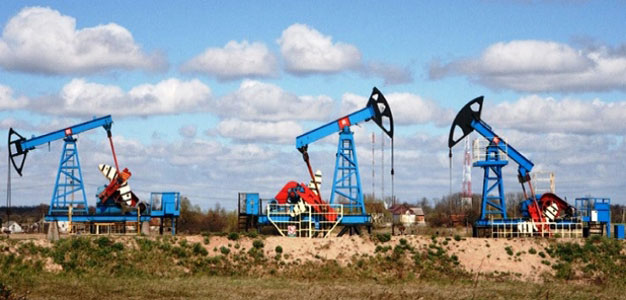
by Irina Slav at Oil Price
- Oil prices soared to over $130 on Sunday on rumors that the U.S. and its European allies would ban Russian crude.
- One of the many misunderstood parts of the oil market is that not all oil is the same, and replacing Russian exports would require a very specific type of supply.
- Currently, the options being talked about in the media as replacements are Iran, Venezuela, and U.S. shale, all of which present their own difficulties.
Crude oil prices are soaring, with Brent breaking $130 over the weekend as the United States and Europe discussed banning Russian oil imports. But according to some industry insiders, this might not be the smartest move.
“The only way to stop Putin is to ban oil and gas exports,” Scott Sheffield, chief executive of Pioneer Natural Resources, told the Financial Times in an interview last week. “[But] if the western world announced that we’re going to ban Russian oil and gas, oil is going to go to $200 a barrel, probably — $150 to $200 easy.”
The narrative in support of a ban is that U.S. local production will make up for the canceled imports. According to Sheffield, however, the process of making up will take a while.
The U.S. shale oil industry has certainly benefited from higher oil prices, but it has also seen its fair share of problems, reflecting broader difficulties in the U.S. economy after the pandemic.
Labor shortages are ubiquitous across industries, for example, and U.S. shale is no exception. Supply chains are still suffering disruptions that began during the pandemic, with industry insiders complaining about delivery delays of various materials. A frack sand shortage is also plaguing the industry.
There are also specific difficulties for the shale oil industry. The biggest among them is that drillers seem to be running out of the so-called sweet spots where oil is relatively easily accessible. Of course, with prices of above $120 per barrel, the definition of sweet spots might well expand, but not all would be tempted to take advantage, it seems.
Public oil companies in the United States have maintained their financial discipline despite the oil price rally—something that would have been unthinkable a couple of years ago. With growing pressure from shareholders to return cash instead of growing production, most public shale industry players have resisted the call of higher prices successfully.
Indeed, it was Sheffield again who said that “Whether it’s $150 oil, $200 oil, or $100 oil, we’re not going to change our growth plans.” Speaking to Bloomberg in February, the executive added, “If the president wants us to grow, I just don’t think the industry can grow anyway.”
Continental Resources is another shale major that has no plans to boost output substantially. At least it had no such plans when it released its latest financial results and issued a production update. “We project generating flat to 5% annual production growth over the next five years as we have previously noted,” Continental’s chief executive Bill Berry said in February.
Russian oil exports account for 8 percent of global supply. Exports to the United States are mostly fuel: according to data from the American Fuel and Petrochemical Manufacturers association, last year the U.S. imported some 209,000 bpd of Russian crude but 500,000 bpd of refined products…
